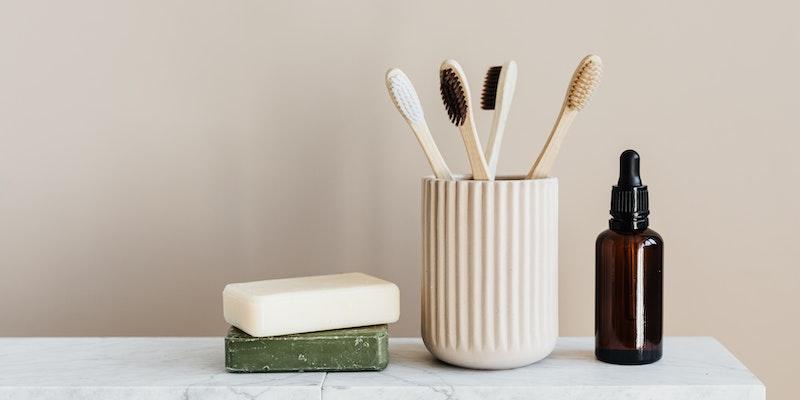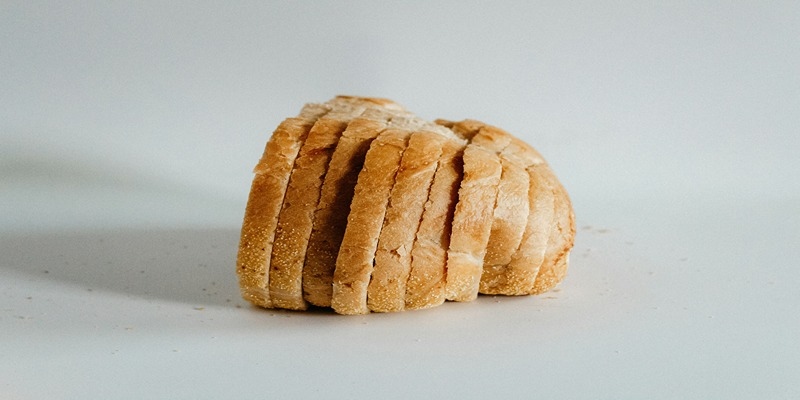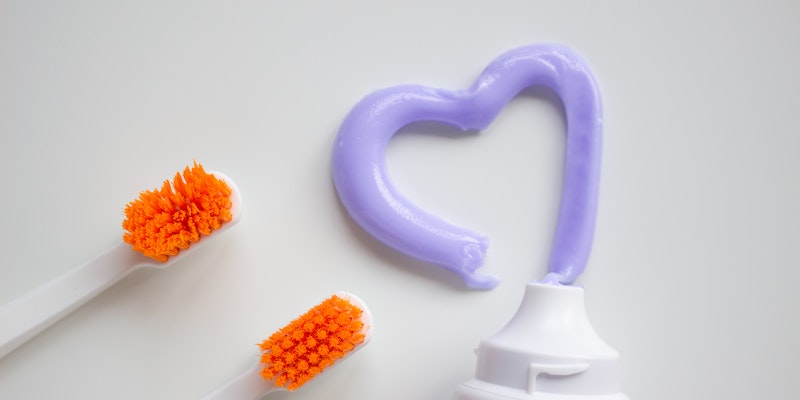Oil pulling, a traditional Ayurvedic practice with ancient roots in India, has found itself in modern discussions concerning oral health. Despite its rising popularity in wellness circles, the medical and scientific communities are still divided on its efficacy.
An Insight
Oil pulling is an age-old remedy rooted in Indian alternative medicine involving swishing oil in your mouth. This act is believed to improve oral hygiene by removing toxins from the mouth and body. While supporters hail its benefits, skeptics call for more robust scientific research. This guide is aimed at shedding light on the practice, deciphering the science behind it, and guiding those who wish to try it.
The Origins of Ayurveda
Oil pulling, with its Sanskrit names "Kavala Graha" and "Gandusha," has a lineage that traces back to ancient Indian medicinal practices. As a cornerstone of Ayurveda, this practice was not just about oral hygiene but was viewed as a comprehensive approach to health. The underlying belief was that oil pulling could detoxify the mouth and the body, ensuring the harmonious balance of bodily humor, known as doshas.
In historical texts, practitioners recommended oil pulling as a daily regimen, similar to today's recommendations of brushing or flossing. It was believed that consistently practicing oil pulling could improve oral health and positively impact digestion, metabolism, and mental clarity.
Revival in Modern Times
Traditional remedies like oil pulling are gaining popularity in the 21st century. What was once an Indian tradition has now gone global. Celebrities, influencers, and holistic health enthusiasts promote oil pulling, making it trendy.
Trends are not the only cause of this revival. Many like the method due to its simplicity and anecdotal benefits. Furthermore, with increasing concerns over the synthetic compounds in modern dental products, a natural alternative like oil pulling has found renewed relevance.
How Does It Work?
Oil pulling functions on a fundamental principle: the fatty nature of oils allows them to "trap" and encapsulate bacteria, toxins, and debris in the mouth. As one swishes, these undesirable elements get caught in the thick, viscous liquid, effectively "pulling" them away from teeth, gums, and other surfaces.
Choice of Oils
Coconut oil tastes great and has a lot of lauric acid. Lauric acid, an antimicrobial, makes coconut oil effective at reducing oral bacteria.
Sunflower oil, although less popular, is another option some people consider.
Potential Oil Pulling Benefits

Bacterial Reduction
One of the primary oil pulling benefits is its ability to combat harmful bacteria. The oral cavity houses a myriad of microorganisms. While many are harmless and beneficial, others can lead to oral health problems when left unchecked. Consistent practice of oil pulling can help manage the bacterial balance, ensuring that detrimental microbes don't get the upper hand.
Freshening Breath
Halitosis, or bad breath, often results from an overgrowth of certain bacteria in the mouth. Practicing oil pulling with coconut oil can reduce these bacteria, leading to fresher breath. It's a natural method that sidesteps the use of chemicals or artificial fragrances found in many mouthwashes.
Tooth Decay Prevention
Oil pulling benefits also extend to the health of the teeth themselves. The practice may aid in preventing tooth decay by targeting bacteria that produce enamel-eroding acids. As these bacteria are reduced, the risk of cavities and decline diminishes.
Enhancing Gum Health
Gums are the foundation for strong teeth. However, they can become susceptible to inflammation and diseases like gingivitis due to bacterial growth. Oil pulling can help reduce inflammation, ensuring healthier gums and a stronger foundation for the teeth.
Disputed Benefits and Misconceptions
Disputed Teeth Whitening Claims
There's a widespread belief that oil pulling can naturally whiten teeth. While it's undeniable that maintaining a clean mouth can lead to a brighter smile, the direct association between oil pulling and teeth whitening remains contested. Most of the claims revolve around anecdotal evidence rather than scientifically backed studies. It's essential to cautiously approach this aspect of oil pulling benefits by setting realistic expectations.
Misunderstood Systemic Benefits
Oil pulling has been promoted as a panacea for numerous health conditions beyond oral health, including asthma, allergies, and even heart disease. However, there's limited concrete evidence supporting these broad claims. While the foundational practice of oil pulling originates from a holistic system where mouth health is tied to overall well-being, one must be wary of exaggerated or unfounded promises.
Authenticity in Application
As with any age-old practice that gains modern popularity, there's a risk of dilution in its authentic application. Reports have been of individuals engaging in oil-pulling with non-traditional oils or incorporating additional ingredients, assuming they'll amplify oil-pulling benefits. For genuine benefits, especially when considering oil pulling with coconut oil, it's advisable to stick to the tried-and-true methods established over centuries.
Recognized Risks and Precautions

Potential Side Effects
While oil pulling is generally considered low-risk, some potential side effects might arise. These can range from an upset stomach from accidentally ingesting the oil to more severe complications like lipoid pneumonia if the fat is consistently aspirated into the lungs. It's essential to be mindful during the process, ensuring the oil doesn't travel down the wrong path.
Allergic Reactions
There have been instances of individuals reacting adversely after oil pulling with coconut oil or sesame oil. Symptoms can include itching, hives, or swelling. In rare cases, immediate medical attention is crucial if one experiences severe symptoms such as difficulty breathing. Individuals with known allergies should exercise caution and avoid pulling oil or choosing a different lubricant.
The Role of Conventional Dental Care
Embracing oil-pulling benefits shouldn't come at the expense of conventional dental care. Regular brushing, flossing, and dentist visits remain paramount. Oil pulling can be viewed as a supplementary activity, enhancing oral hygiene but not replacing established methods.
The Practice: How to Begin
Starting Simple
For those new to the practice, starting with shorter durations is advisable. While many recommend swishing for 20 minutes, beginners might find it more comfortable, to begin with 5 to 10 minutes and then gradually increase the time as they become more accustomed.
Selecting the Right Oil
As mentioned, oil pulling with coconut oil is widely recommended due to its pleasant taste and antimicrobial properties. However, sesame oil can be equally effective with its rich tradition in this practice. Ensure that the chosen oil is high quality, preferably organic and unrefined.
Step-by-Step Process
- Measure out a tablespoon of the selected oil.
- Pour it into your mouth, ensuring not to ingest.
- Swish the oil, making sure it circulates the teeth and gums.
- After the chosen duration, dispose of the oil responsibly, considering environmental concerns.
- Rinse the mouth with warm water, followed by regular brushing.
The Verdict: To Pull or Not to Pull
While rooted in ancient practices, oil pulling needs more modern scientific backing for its benefits. It should never replace traditional oral care routines but could be considered an adjunctive practice.




